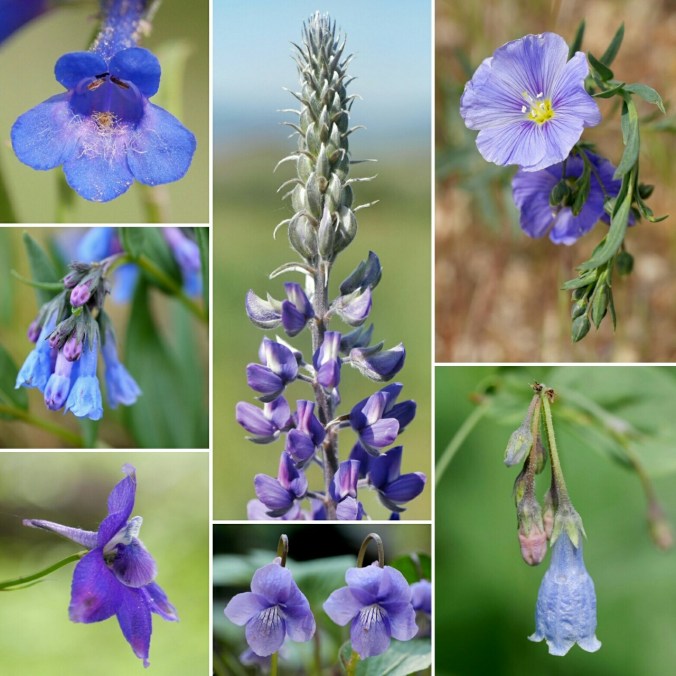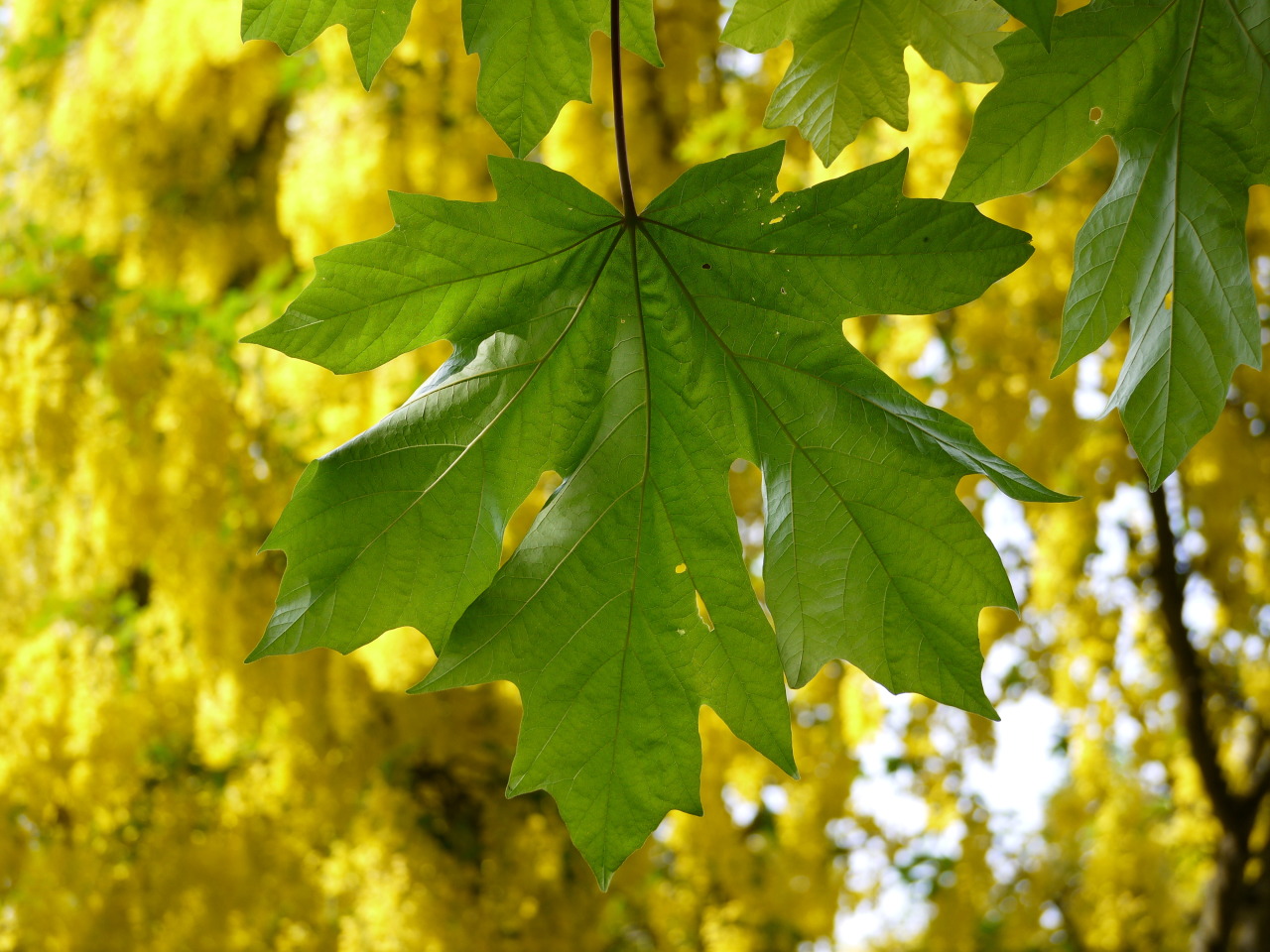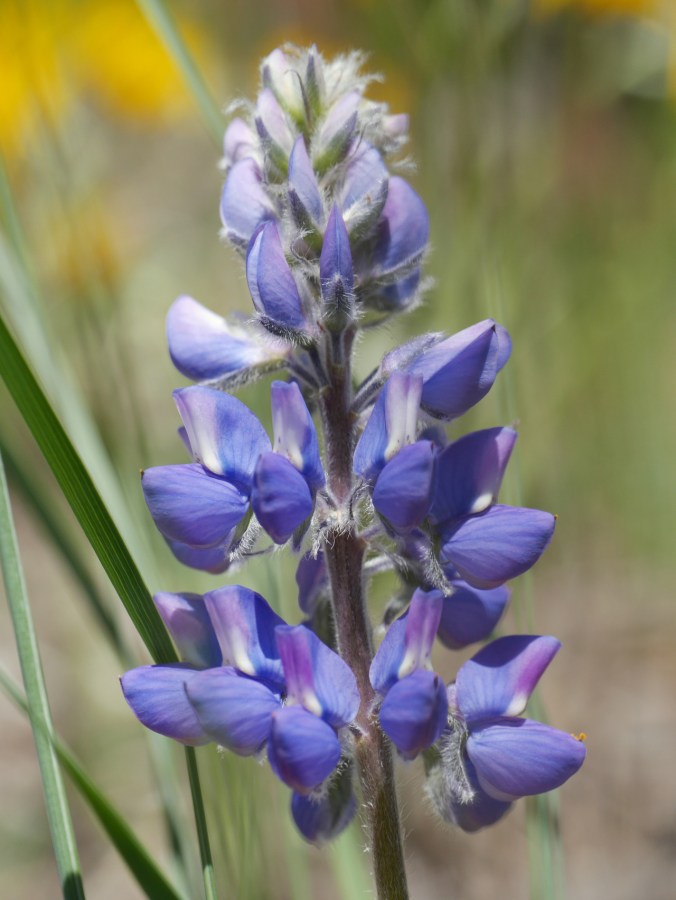
Blue and violet wildflowers in-bloom in the first week of June
(from top-to-bottom, left-to-right: Penstemon sp., Mertensia longiflora,Delphinium bicolor, Lupinus sericeus, Viola adunca, Linum lewisii, Mertensia paniculata)
Lolo National Forest, MT
June 2014, 2015, 2016
Robert Niese
I finally have an instagram with loads of not-so-sciencey nature and personal content! Feel free to drop by and peak into the life of a nerdy natural historian!
www.instagram.com/robertniese/


